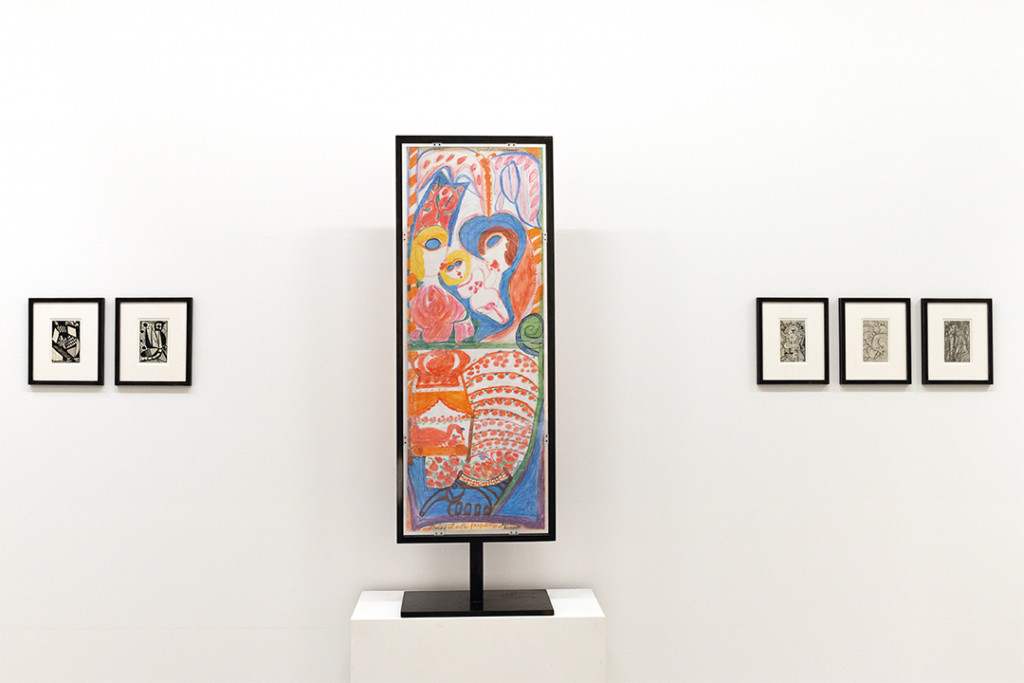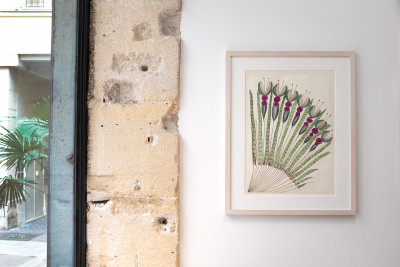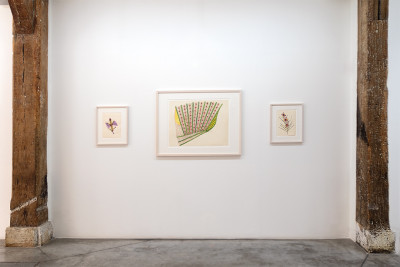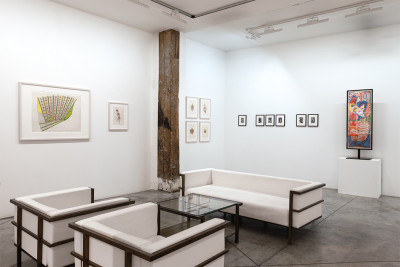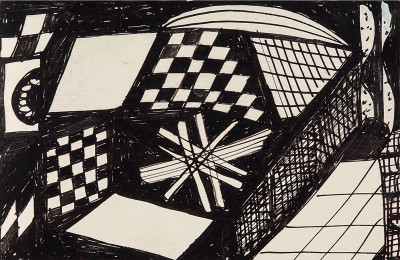little venice
aloïse corbaz madge gill leopold strobl anna zemánková
In response to the 60th Venice Biennale on the theme of “strangers everywhere,” curated by general commissioner Adriano Pedrosa, we wanted to bring together within the gallery the same exceptional quartet of artists: Aloïse Corbaz, Madge Gill, Leopold Strobl, and Anna Zemánková. The little venice exhibition brings together more than thirty works, most of which are being presented to the public for the first time. This unprecedented exhibition allows the genius of these leading artists—defended by the gallery for nearly 20 years in some cases—to engage in intimate dialogue.
The 60th Venice Biennale has just opened its doors on the theme of “Strangers Everywhere.” Adriano Pedrosa, the general curator, outlines its scope: “The queer artist, who has moved within different sexualities and genders, often persecuted or outlawed; the outsider artist, who finds themselves on the margins of the art world, like the autodidact and the so-called folk artist; as well as the indigenous artist, often treated as a stranger in their own country.”
Here, the notion of the stranger is akin to that of “the other,” a minority yet global, which society must not only take into consideration but which it has a duty to protect and valorize. It is primarily according to these criteria that works by these four brut artists, already endorsed by institutions such as Pompidou or MoMA, have been selected: Anna Zemánková, Madge Gill, Aloïse Corbaz, and Leopold Strobl.
The otherness of the first two is manifested, for one, by an almost mystical relationship with creation, and for the other, by the fact that she attributed her productions to the intervention of spirit entities. As for the latter two, their productions rather suggest exceptionally fertile mental disturbances.
However, unlike the other typologies of “strangers” highlighted in this Biennale, the brut artist does not define themselves because of belonging or exclusion. Nor do they claim membership in a community of supposedly “outsider” artists. Their individuality, their singularity, always takes precedence over the collective. In this sense, they do not create to rebel against an ostracism they would suffer, but they build, through the power of their imagination, a world that resembles them.
Indissociably.
“There exists a point of the spirit from which… the real and the imaginary… will cease to be perceived as contradictory,” wrote André Breton in the Surrealist Manifesto. And it is precisely there that the raw artists stand. Where their incandescent difference fuses the real and the imaginary.

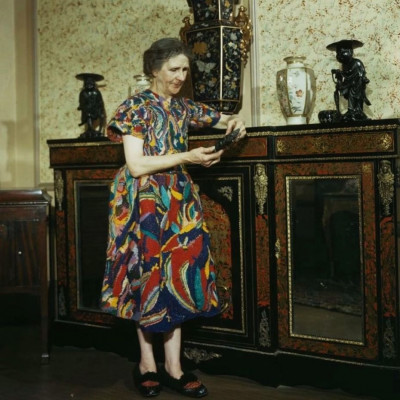
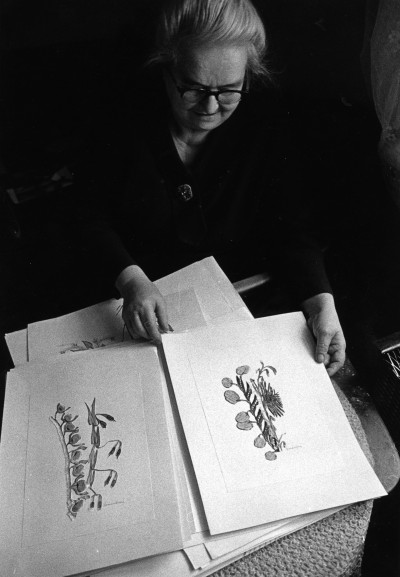
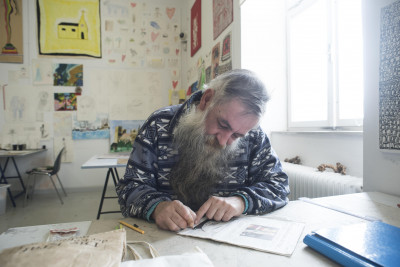
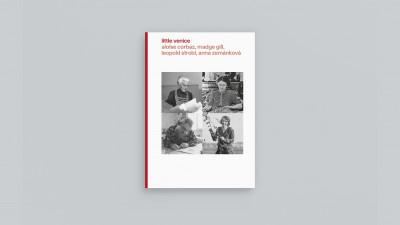
catalog published for the exhibition
little venice
exhibited artists: aloïse corbaz, madge gill, leopold strobl, anna zemánková
from may 18th to june 15th, 2024
foreword: christian berst
OUT OF PRINT
